High-quality prototypes delivered in as fast as 24 hours. Competitive pricing, cutting-edge technology, and expert support at every step.
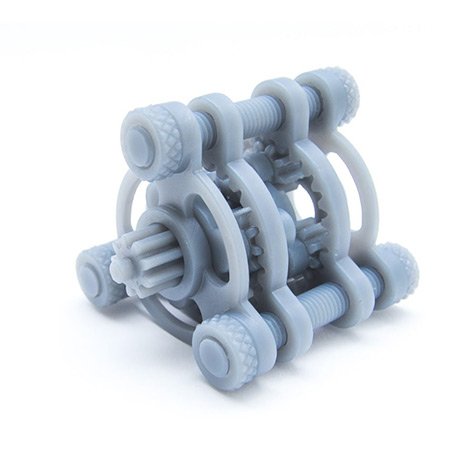

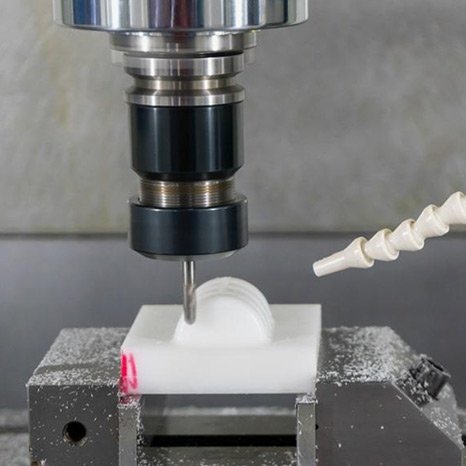


Upload your CAD design or consult with our engineers to develop your concept.

We offer tailored advice on the best manufacturing method (3D printing, CNC, or vacuum casting) and material based on your project needs.

We’ll manufacture your prototype within 1-3 days using state-of-the-art machinery. Every prototype undergoes rigorous quality control checks.

Enjoy fast worldwide shipping to ensure your prototypes reach you quickly, no matter where you are.
We deliver rapid prototypes with precision and speed, ensuring reduced lead times and superior quality that go beyond what’s anticipated.

Our rapid prototyping services ensure seamless coverage from design to production.
We offer fast, high-quality prototyping for faster iterations and quicker time to market.
Customized prototypes based on your specific needs.
Competitive pricing without compromising quality.
Trusted by clients globally for consistent quality and support.
3D printing and CNC machining speed up precision prototypes.
— John Doe, Senior Product Engineer at HP
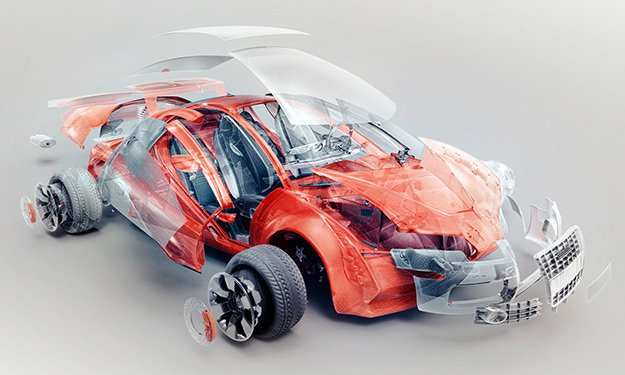

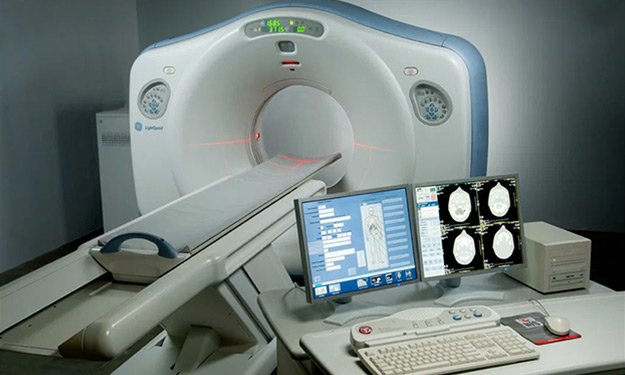
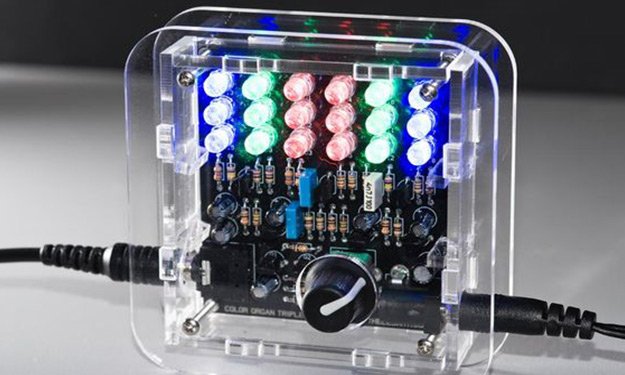


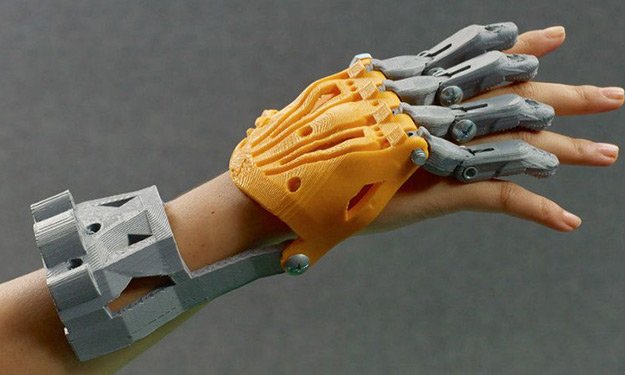
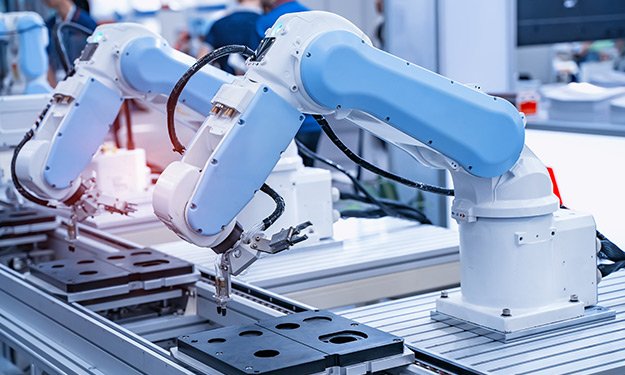

In rapid prototyping, plastic materials offer versatility, ease of processing, and a wide range of properties, making them ideal for creating prototypes with varying levels of flexibility, durability, and aesthetic appeal. Here’s a refined list of popular plastic options commonly used in prototyping:
Each of these plastic materials provides distinct benefits for rapid prototyping, from structural integrity to chemical resistance and optical clarity. Their diverse characteristics make them valuable across a range of industries, allowing for flexible and tailored approaches to developing high-fidelity prototypes.
For rapid prototyping projects, metals are often used for parts that need high durability, strength, and thermal resistance. Here’s a breakdown of commonly used metals in rapid prototyping:
Each of these metals supports the production of high-strength, functional prototypes and is used extensively across industries such as automotive, aerospace, electronics, and medical devices. Different alloys and treatments can enhance properties for specific applications, allowing these metals to meet diverse design and performance needs.
Rubber and silicone materials provide flexibility, resilience, and high durability, making them ideal for rapid prototyping projects that require elasticity, impact absorption, or temperature resistance. Here are common rubber and silicone options for prototyping:
Rubber and silicone options for rapid prototyping offer unique benefits tailored to applications that demand flexibility, resilience, and resistance to environmental factors. The specific choice depends on the application requirements, from chemical resistance in nitrile rubber to temperature resilience in silicone.
Our experts are here to help you design the perfect solution to bring your concept to life.
Your Prototyping Partner
Choosing the right prototyping approach can be challenging, and our team is here to help with:

Industry-Specific Prototyping Solutions
With experience across multiple industries, we offer custom prototyping solutions for businesses around the globe.
Rapid prototyping is a group of techniques used to quickly fabricate a scale model or functional part of a product using 3D computer-aided design (CAD) data. Common methods include 3D printing, CNC machining, and injection molding.
Common materials include plastics (ABS, nylon, PC), metals (aluminum, stainless steel), rubber, silicone, and composites. Each material has unique properties and is chosen based on the prototype’s functional requirements, like flexibility, durability, or temperature resistance.
Prototype turnaround times can vary from a few hours for simple 3D-printed parts to several days for more complex designs requiring finishing processes. Speed largely depends on the technology used, design complexity, and post-processing needs.
Rapid prototyping allows for quicker design iterations, enables functional testing, and helps refine a product’s design before full-scale production. This process significantly reduces time to market, minimizes costly design changes, and allows for hands-on feedback early in the design phase.
While rapid prototypes are mainly for design validation, some advanced prototypes, especially those made from durable materials like metals or industrial-grade plastics, can function as end-use parts. However, they may lack the durability or finish of mass-produced items.
Industries such as automotive, aerospace, consumer electronics, healthcare, and manufacturing commonly use rapid prototyping. It is particularly valuable in fields where testing and iterating designs rapidly are critical.
Rapid prototyping is cost-effective for creating initial models and testing concepts without the need for expensive molds or setups. For small production runs or highly customized parts, it can also be more economical than traditional manufacturing.
3D printing is one technique used within rapid prototyping to create models. Rapid prototyping is a broader term that includes 3D printing but also encompasses other methods like CNC machining, casting, and injection molding.
The precision depends on the method and material. Technologies like SLA and SLS 3D printing can produce highly detailed parts, while CNC machining provides high accuracy for metals. Precision may vary based on the tolerances required by the prototype's application.
Rapid prototyping is primarily used for small batches and pre-production prototypes. However, some techniques like injection molding can bridge to low-volume production, but larger production runs usually require traditional manufacturing methods.
0086-18057179052
info@plasticssolution.com
We will contact you within 1 working day, please pay attention to the email with the suffix “info@plasticssolution.com”.

Didn’t find what you want,
ask our leader for help directly!